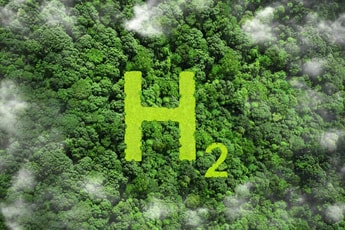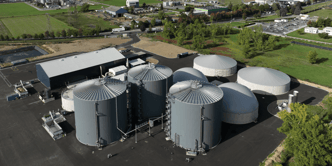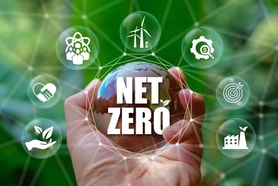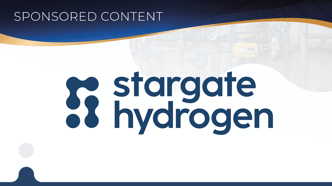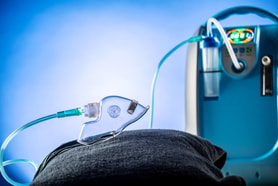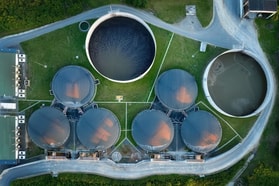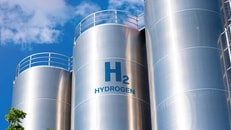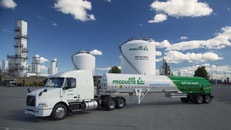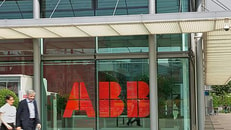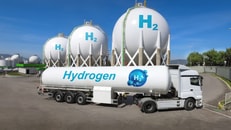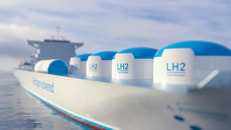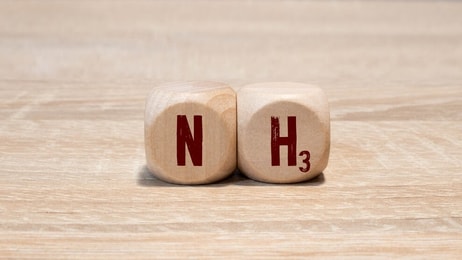Enapter unveils AEM Flex 120 electrolyser for hydrogen projects
Energy technology company Enapter AG (Enapter) is expanding its product portfolio with its new AEM Flex 120 electrolyser, designed for the streamlined launch of industrial and refuelling pilot projects.
Designed for rapid launch of low-cost green hydrogen projects, the electrolyser aims to meet high demand from industry for green hydrogen production needs from 70-500 kW (kilowatts).
Equipped with up to 50 AEM Stack core modules, the technology produces around 53kg of hydrogen per day at 99.999% purity with optional dryer, according to Enapter.
... to continue reading you must be subscribed


